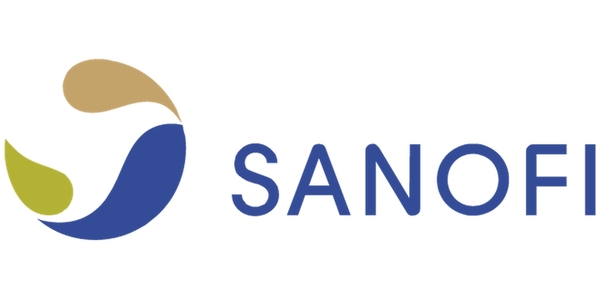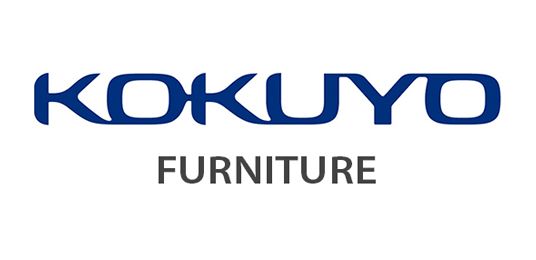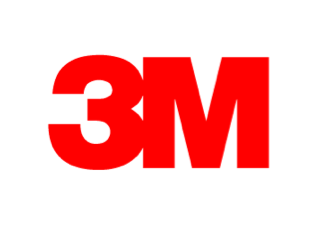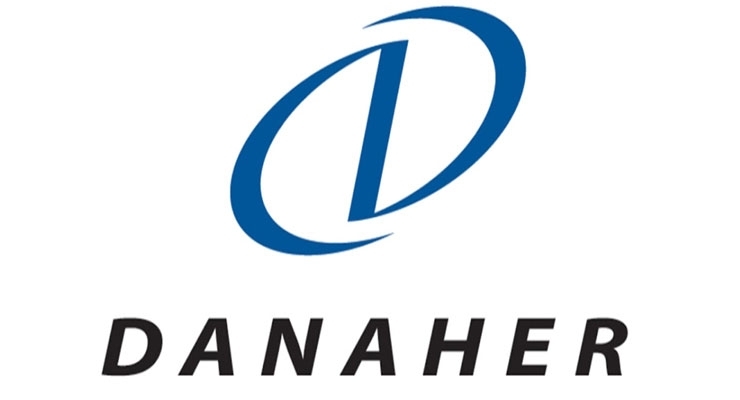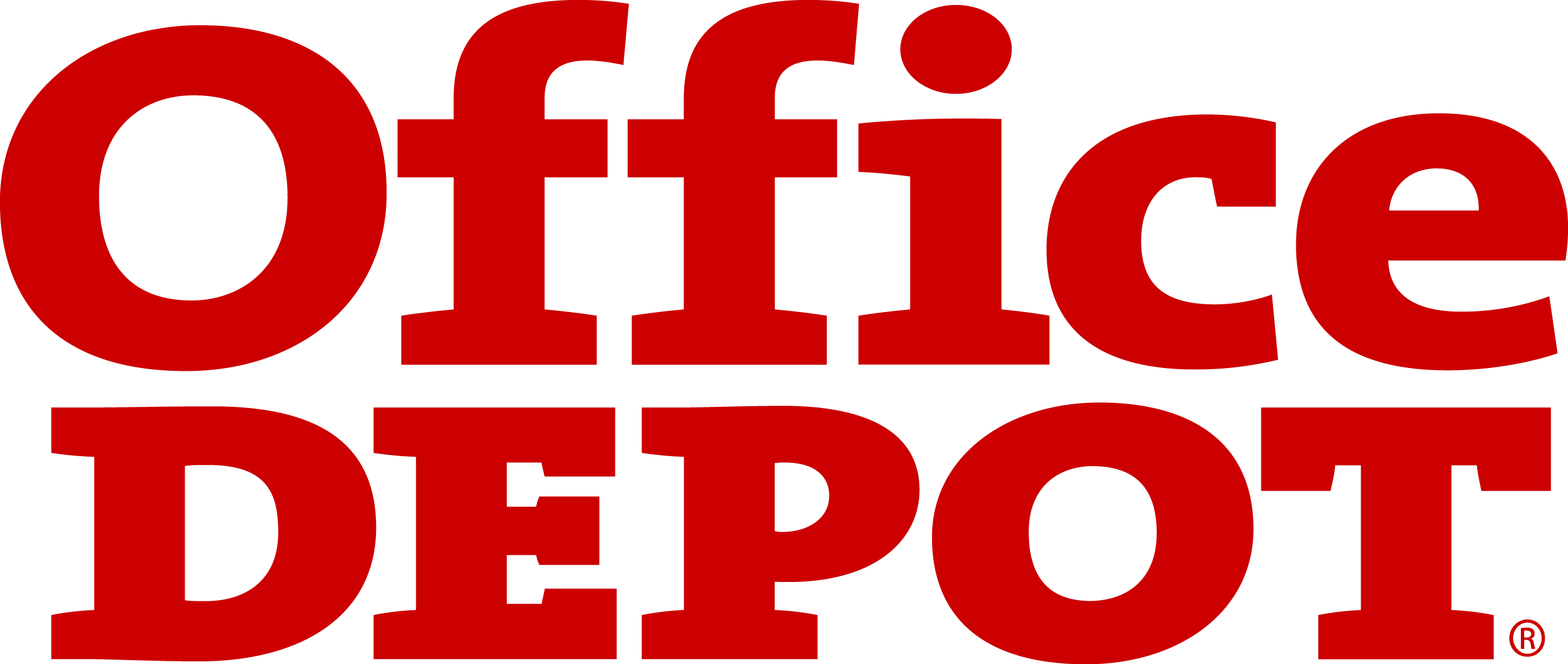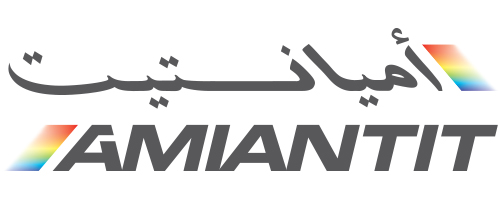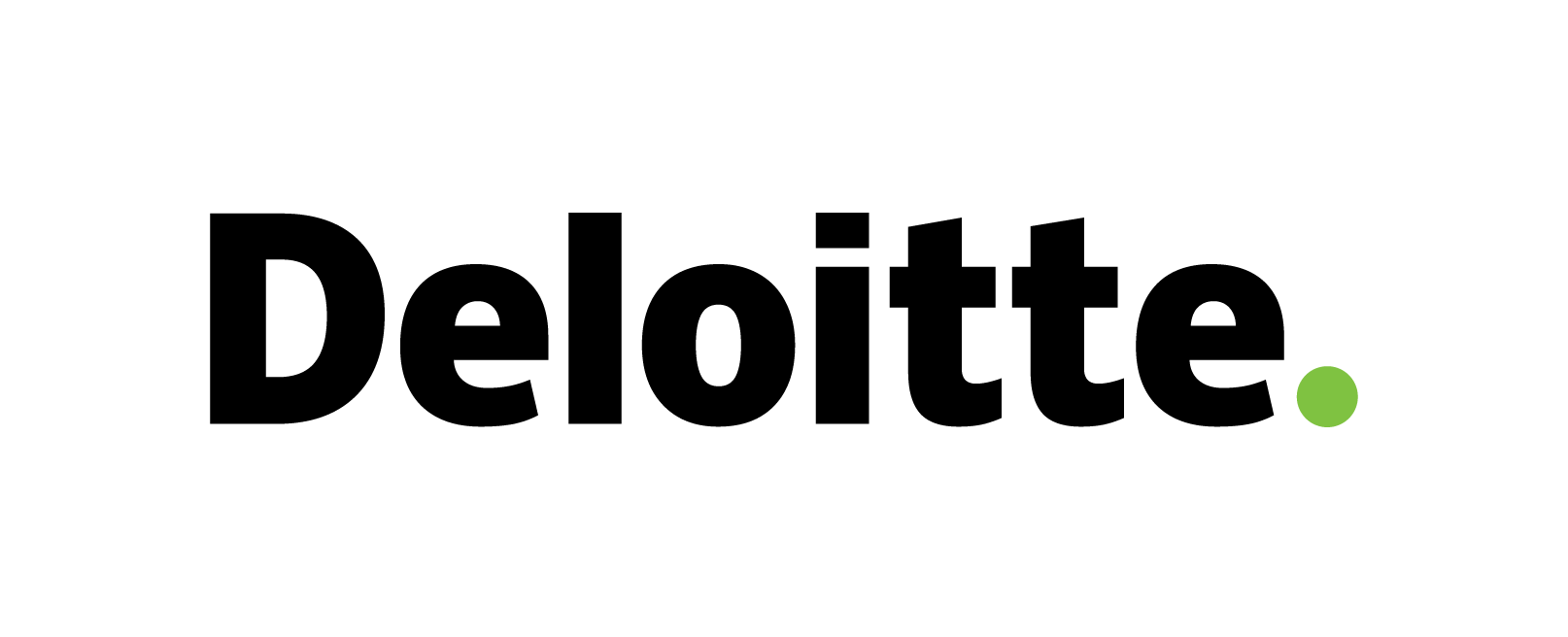Sweet Biscuit Market Trend, Opportunity, and Forecast Analysis, 2024-2032
Sweet Biscuit Market
Sweet Biscuit Market is segmented by Product Type, Distribution Channel, and by Region. KDMI analyst foresees market revenue to cross USD 121.74 Billion by 2032 by growing with a CAGR of 3.5% during 2024-2032.
Sweet Biscuit Market Highlights
The global sweet biscuit market is expected to cross a value of USD 121.74 billion by the end of 2032. The market was valued at USD 91.3 billion in 2023 and is expected to expand at a CAGR of 3.5% between 2024-2032.
- Over the mid-term, the growing trend of quick snacking is the primary factor anticipated to drive the global sweet biscuit market.
- The growing awareness for health consciousness is a major factor to challenge the market growth.
- The North America sweet biscuit market is projected to dominate the global market.
Sweet Biscuit Market: Report Scope |
|
|
Base Year |
2023 |
|
Base Year Market Size |
USD 91.3 Billion |
|
Forecast Year |
2024-2032 |
|
Forecast Year Market Size |
USD 121.74 Billion |
|
CAGR Value |
3.5% |
|
Sweet Biscuit Market Key Trends/Major Growth Drivers |
|
|
Restraint Factors |
|
|
Sweet Biscuit Market Segmentation |
|
|
Sweet Biscuit Market Key Players |
Mondelēz International Inc. (belVita), Burton's Biscuit Company, ITC Limited (Sunfeast, Dark Fantasy), Parle Products Private Limited, The Kellogg's Company, Britannia Industries Limited, Yildiz Holding AS, Grupo Bimbo, Bahlsen GmbH & Co. KG, Simple Mills, Lotus Biscoff, Ferrero Foundation, The Campbell Soup Company (Arnott's), and others. |
Sweet Biscuit Market Outlook
The baked goods that are typically sweetened and flavored with sugar, butter, chocolate, nuts, and other spices among others, are known as sweet biscuits. Also known as cookies, these biscuits are characterized by their crispy or crunchy texture. Sweet biscuits are usually available in a variety of shapes, sizes, and flavors.
According to our experts at KD Market Insights, one of the major factors anticipated to drive the growth of the global sweet biscuit market is the growing trend of quick snacking. The growing busy lifestyles of people, supported by rapid urbanization globally, has raised the demand for on-the-go consumption habits. Individuals are also preferring for convenient and portable food options, such as sweet biscuits. These biscuits offer a quick and indulgent treat for consumers who are looking for snacks that can be consumed quickly between meals. Hence, the growing trend of snacking is expected to drive the contribute to the market growth of sweet biscuits during the forecast period. Mondelēz International Inc. (belVita), Burton's Biscuit Company, and ITC Limited (Sunfeast, Dark Fantasy) are some of the significant parties in the global market for sweet biscuit.
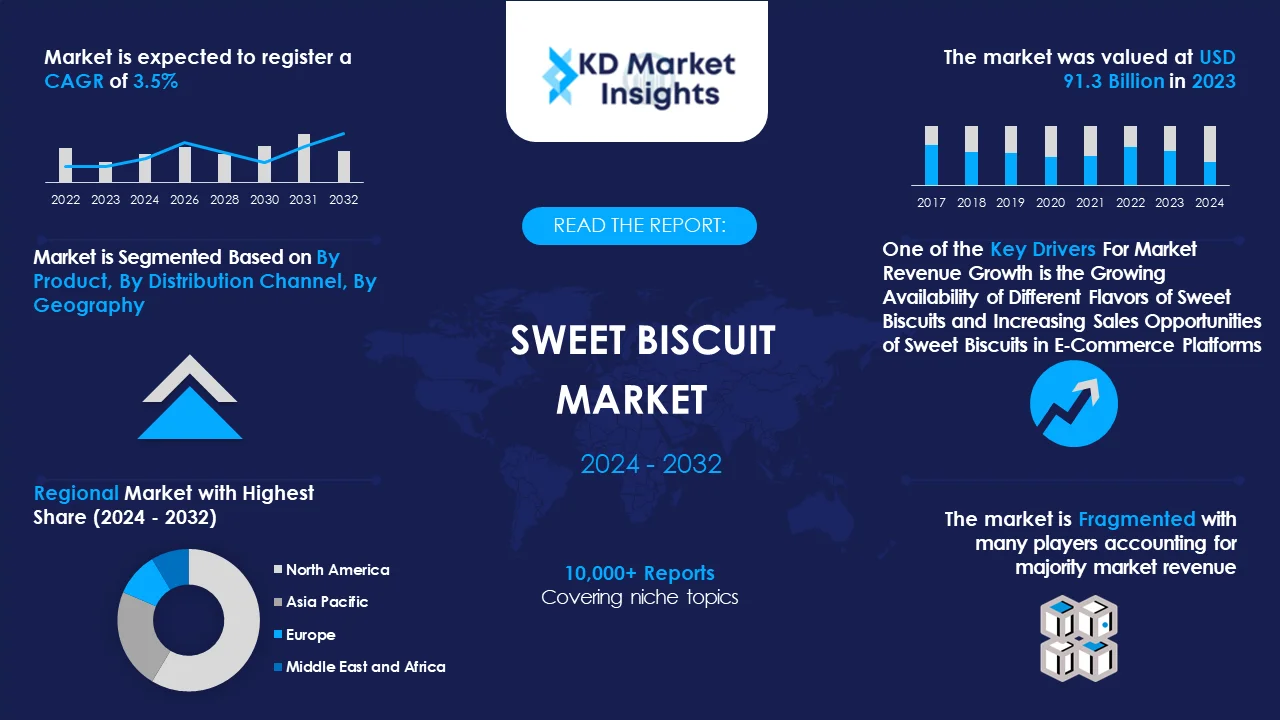 Get More Insights on This Report - Request Free Sample PDF
Get More Insights on This Report - Request Free Sample PDF
Sweet Biscuit Market Drivers – Analyst’s Observation
According to the analysts at KD Market Insights, some key growth drivers for the global sweet biscuit market are:
- Growing Availability of Different Flavors of Sweet Biscuits: The manufacturers of sweet biscuits worldwide are increasingly working on innovating and introducing new varieties of sweet biscuits that are also available in different flavors and formulations. Based on changing consumer preferences and evolving tastes, the manufacturers of sweet biscuits are introducing exotic flavors, healthier ingredients, and indulgent offerings. These actions of the manufacturers that are focused on enhancing consumer interests and developing preferences based on consumer taste, is therefore expected to increase the market growth.
- Increasing Sales Opportunities of Sweet Biscuits in E-Commerce Platforms: The growing e-commerce industry worldwide has opened up new doors for sales of sweet biscuits. Backed by the growing e-commerce industry, sweet biscuit manufacturers are increasingly taking the opportunity to place their products across different online distribution channels. On the other hand, the growing trend of direct-to-consumer business model is also poised to drive the market growth during the forecast period.
Which Probable Factors Could Hamper the Growing Sweet Biscuit Market Trend?
As per our KD Market Insights analysis, some of the challenges expected to limit the global market growth of sweet biscuit are:
- Growing Awareness of Health Consciousness: The rising awareness for health issues associated with sweet biscuits, such as obesity, diabetes, and cardiovascular diseases, which has led to greater awareness for health consciousness among individuals, is expected to limit the market growth.
- Availability of Alternative Healthier Snack Options: The increasing preference of consumers for alternative healthier snack options, such as protein bars, granola bars, yogurt, and fresh fruits which are marketed as low-sugar, low-fat, or high-protein options, are expected to pose numerous challenges for market growth.
How is the Global Sweet Biscuit Market Segmented?
Our experts at KD Market Insights have segmented the global sweet biscuit market as:
|
By Product |
|
|
By Distribution Channel
|
|
|
By Region |
|
What are the Probable Factors Influencing the North America Sweet Biscuit Market Forecast?
The North America sweet biscuit market is majorly driven by the availability of a diverse population who have variety of preferences and tastes, in turn, raising the need amongst sweet biscuit manufacturers to innovate a wide range of flavors, textures, and varieties. Moreover, growing need for indulgent treats and comfort foods in the region, along with the rising focus of the sweet biscuit manufacturers on developing ingredients that meet the evolving consumer preferences for healthier, better-for-you, and functional snack options are projected to contribute to the market growth during the forecast period.
As per our analysts at KD Market Insights, the following five players lead the North America sweet biscuit market growth:
- SweetBite Bakery
- SugarCrave Cookies
- Blissful Bites Biscuits
- SweetTreats Confections
- Delightful Crunch Biscuit Co.
|
Key Countries to Watch for in North America Sweet Biscuit Market |
Key Insights |
|
United States Sweet Biscuit Market to Register the Largest Regional Market Share in 2032 |
USD 34.08 Billion |
|
Canada Sweet Biscuit Market to Grow with the Highest CAGR During 2024-2032 |
3.8% |
Which Key Players Top the Global Sweet Biscuit Market Share?
As per our analysts at KD Market Insights, the competitive landscape of global sweet biscuit market facilitates our readers in identifying their closest competitors. The manufacturers who are associated with sweet biscuit market are raising their focus on expanding their presence, as well as their market share. The market has also been witnessing an upward movement in the number of collaborations between research institutions and key players, aimed at introducing advanced technologies and innovation of new products. Here is a list of the key players who top the global sweet biscuit market share:
- Mondelēz International Inc. (belVita)
- Burton's Biscuit Company
- ITC Limited (Sunfeast, Dark Fantasy)
- Parle Products Private Limited
- The Kellogg's Company
- Britannia Industries Limited
- Yildiz Holding AS
- Grupo Bimbo
- Bahlsen GmbH & Co. KG
- Simple Mills
- Lotus Biscoff
- Ferrero Foundation
- The Campbell Soup Company (Arnott's)
What are the Recent Developments Observed in the Sweet Biscuit Market?
Over the years, the experts at KD Market Insights have been observing the recent developments associated with global sweet biscuit market trends. Our expert’s market forecast analysis has recorded the market players adopting plentiful of key strategies including new product launches, mergers & acquisitions, and collaborations.
For instance, Britannia Industries Limited stated that it has launched its biscuit brand ‘Good Day’ by adding three new varieties of the sweet biscuit product.
Further, Kellogg’s Company shared that it has launched two flavors of sweet biscuit as part of the Special K range, namely, Dark Chocolate Curls and Mixed Berries with Blackcurrant.
Research Methodology
Market Definition and List of Abbreviations
1. Executive Summary
2. Growth Drivers & Issues in Sweet Biscuit Market
3. Sweet Biscuit Market Trends
4. Opportunities in Sweet Biscuit Market
5. Recent Industry Activities, 2021
6. Porter’s Five Forces Analysis
7. Market Value Chain and Supply Chain Analysis
8. Products Average Price Analysis, By Country
9. Sweet Biscuit Market Size & Forecast (USD Million), 2021-2027
10. Sweet Biscuit Market Segmentation Analysis, By Type
10.1. Introduction
10.2. Market Attractiveness, By Type
10.3. BPS Analysis, By Type
10.4. Butter based biscuit Market Size & Forecast (USD Million), 2021-2027
10.5. Chocolate Cookies Market Size & Forecast (USD Million), 2021-2027
10.6. Plain Cookies Market Size & Forecast (USD Million), 2021-2027
10.7. Wafer Biscuits Market Size & Forecast (USD Million), 2021-2027
10.8. Crackers Market Size & Forecast (USD Million), 2021-2027
10.9. Fruit Flavored Biscuits Market Size & Forecast (USD Million), 2021-2027
10.10. Cheese Flavored Biscuits Market Size & Forecast (USD Million), 2021-2027
10.11. Others Market Size & Forecast (USD Million), 2021-2027
11. Sweet Biscuit Market Segmentation Analysis, By Distribution Channel
11.1. Introduction
11.2. Market Attractiveness, By Distribution Channel
11.3. BPS Analysis, By Distribution Channel
11.4. Supermarkets/Hypermarkets Market Size & Forecast (USD Million), 2021-2027
11.5. Convenience Stores Market Size & Forecast (USD Million), 2021-2027
11.6. Independent Retailers Market Size & Forecast (USD Million), 2021-2027
11.7. Online Stores Market Size & Forecast (USD Million), 2021-2027
11.8. Others Market Size & Forecast (USD Million), 2021-2027
12. Geographical Analysis
12.1. Introduction
12.2. North America Market Size & Forecast (USD Million), 2021-2027
12.2.1. By Type
12.2.1.1. Introduction
12.2.1.2. Market Attractiveness, By Type
12.2.1.3. BPS Analysis, By Type
12.2.1.4. Butter based biscuit Market Size & Forecast (USD Million), 2021-2027
12.2.1.5. Chocolate Cookies Market Size & Forecast (USD Million), 2021-2027
12.2.1.6. Plain Cookies Market Size & Forecast (USD Million), 2021-2027
12.2.1.7. Wafer Biscuits Market Size & Forecast (USD Million), 2021-2027
12.2.1.8. Crackers Market Size & Forecast (USD Million), 2021-2027
12.2.1.9. Fruit Flavored Biscuits Market Size & Forecast (USD Million), 2021-2027
12.2.1.10. Cheese Flavored Biscuits Market Size & Forecast (USD Million), 2021-2027
12.2.1.11. Others Market Size & Forecast (USD Million), 2021-2027
12.2.2. By Distribution Channel
12.2.2.1. Introduction
12.2.2.2. Market Attractiveness, By Distribution Channel
12.2.2.3. BPS Analysis, By Distribution Channel
12.2.2.4. Supermarkets/Hypermarkets Market Size & Forecast (USD Million), 2021-2027
12.2.2.5. Convenience Stores Market Size & Forecast (USD Million), 2021-2027
12.2.2.6. Independent Retailers Market Size & Forecast (USD Million), 2021-2027
12.2.2.7. Online Stores Market Size & Forecast (USD Million), 2021-2027
12.2.2.8. Others Market Size & Forecast (USD Million), 2021-2027
12.2.3. By Country
12.2.3.1. Market Attractiveness, By Country
12.2.3.2. BPS Analysis, By Country
12.2.3.3. U.S. Market Size & Forecast (USD Million), 2021-2027
12.2.3.4. Canada Market Size & Forecast (USD Million), 2021-2027
12.3. Europe Market Size & Forecast (USD Million), 2021-2027
12.3.1. By Type
12.3.1.1. Introduction
12.3.1.2. Market Attractiveness, By Type
12.3.1.3. BPS Analysis, By Type
12.3.1.4. Butter based biscuit Market Size & Forecast (USD Million), 2021-2027
12.3.1.5. Chocolate Cookies Market Size & Forecast (USD Million), 2021-2027
12.3.1.6. Plain Cookies Market Size & Forecast (USD Million), 2021-2027
12.3.1.7. Wafer Biscuits Market Size & Forecast (USD Million), 2021-2027
12.3.1.8. Crackers Market Size & Forecast (USD Million), 2021-2027
12.3.1.9. Fruit Flavored Biscuits Market Size & Forecast (USD Million), 2021-2027
12.3.1.10. Cheese Flavored Biscuits Market Size & Forecast (USD Million), 2021-2027
12.3.1.11. Others Market Size & Forecast (USD Million), 2021-2027
12.3.2. By Distribution Channel
12.3.2.1. Introduction
12.3.2.2. Market Attractiveness, By Distribution Channel
12.3.2.3. BPS Analysis, By Distribution Channel
12.3.2.4. Supermarkets/Hypermarkets Market Size & Forecast (USD Million), 2021-2027
12.3.2.5. Convenience Stores Market Size & Forecast (USD Million), 2021-2027
12.3.2.6. Independent Retailers Market Size & Forecast (USD Million), 2021-2027
12.3.2.7. Online Stores Market Size & Forecast (USD Million), 2021-2027
12.3.2.8. Others Market Size & Forecast (USD Million), 2021-2027
12.3.3. By Country
12.3.3.1. Market Attractiveness, By Country
12.3.3.2. BPS Analysis, By Country
12.3.3.3. Germany Market Size & Forecast (USD Million), 2021-2027
12.3.3.4. United Kingdom Market Size & Forecast (USD Million), 2021-2027
12.3.3.5. France Market Size & Forecast (USD Million), 2021-2027
12.3.3.6. Italy Market Size & Forecast (USD Million), 2021-2027
12.3.3.7. Spain Market Size & Forecast (USD Million), 2021-2027
12.3.3.8. Russia Market Size & Forecast (USD Million), 2021-2027
12.3.3.9. Rest of Europe Market Size & Forecast (USD Million), 2021-2027
12.4. Asia Pacific Market Size & Forecast (USD Million), 2021-2027
12.4.1. By Type
12.4.1.1. Introduction
12.4.1.2. Market Attractiveness, By Type
12.4.1.3. BPS Analysis, By Type
12.4.1.4. Butter based biscuit Market Size & Forecast (USD Million), 2021-2027
12.4.1.5. Chocolate Cookies Market Size & Forecast (USD Million), 2021-2027
12.4.1.6. Plain Cookies Market Size & Forecast (USD Million), 2021-2027
12.4.1.7. Wafer Biscuits Market Size & Forecast (USD Million), 2021-2027
12.4.1.8. Crackers Market Size & Forecast (USD Million), 2021-2027
12.4.1.9. Fruit Flavored Biscuits Market Size & Forecast (USD Million), 2021-2027
12.4.1.10. Cheese Flavored Biscuits Market Size & Forecast (USD Million), 2021-2027
12.4.1.11. Others Market Size & Forecast (USD Million), 2021-2027
12.4.2. By Distribution Channel
12.4.2.1. Introduction
12.4.2.2. Market Attractiveness, By Distribution Channel
12.4.2.3. BPS Analysis, By Distribution Channel
12.4.2.4. Supermarkets/Hypermarkets Market Size & Forecast (USD Million), 2021-2027
12.4.2.5. Convenience Stores Market Size & Forecast (USD Million), 2021-2027
12.4.2.6. Independent Retailers Market Size & Forecast (USD Million), 2021-2027
12.4.2.7. Online Stores Market Size & Forecast (USD Million), 2021-2027
12.4.2.8. Others Market Size & Forecast (USD Million), 2021-2027
12.4.3. By Country
12.4.3.1. Market Attractiveness, By Country
12.4.3.2. BPS Analysis, By Country
12.4.3.3. China Market Size & Forecast (USD Million), 2021-2027
12.4.3.4. India Market Size & Forecast (USD Million), 2021-2027
12.4.3.5. Japan Market Size & Forecast (USD Million), 2021-2027
12.4.3.6. South Korea Market Size & Forecast (USD Million), 2021-2027
12.4.3.7. Indonesia Market Size & Forecast (USD Million), 2021-2027
12.4.3.8. Taiwan Market Size & Forecast (USD Million), 2021-2027
12.4.3.9. Australia Market Size & Forecast (USD Million), 2021-2027
12.4.3.10. New Zealand Market Size & Forecast (USD Million), 2021-2027
12.4.3.11. Rest of Asia Pacific Market Size & Forecast (USD Million), 2021-2027
12.5. Latin America Market Size & Forecast (USD Million), 2021-2027
12.5.1. By Type
12.5.1.1. Introduction
12.5.1.2. Market Attractiveness, By Type
12.5.1.3. BPS Analysis, By Type
12.5.1.4. Butter based biscuit Market Size & Forecast (USD Million), 2021-2027
12.5.1.5. Chocolate Cookies Market Size & Forecast (USD Million), 2021-2027
12.5.1.6. Plain Cookies Market Size & Forecast (USD Million), 2021-2027
12.5.1.7. Wafer Biscuits Market Size & Forecast (USD Million), 2021-2027
12.5.1.8. Crackers Market Size & Forecast (USD Million), 2021-2027
12.5.1.9. Fruit Flavored Biscuits Market Size & Forecast (USD Million), 2021-2027
12.5.1.10. Cheese Flavored Biscuits Market Size & Forecast (USD Million), 2021-2027
12.5.1.11. Others Market Size & Forecast (USD Million), 2021-2027
12.5.2. By Distribution Channel
12.5.2.1. Introduction
12.5.2.2. Market Attractiveness, By Distribution Channel
12.5.2.3. BPS Analysis, By Distribution Channel
12.5.2.4. Supermarkets/Hypermarkets Market Size & Forecast (USD Million), 2021-2027
12.5.2.5. Convenience Stores Market Size & Forecast (USD Million), 2021-2027
12.5.2.6. Independent Retailers Market Size & Forecast (USD Million), 2021-2027
12.5.2.7. Online Stores Market Size & Forecast (USD Million), 2021-2027
12.5.2.8. Others Market Size & Forecast (USD Million), 2021-2027
12.5.3. By Country
12.5.3.1. Market Attractiveness, By Country
12.5.3.2. BPS Analysis, By Country
12.5.3.3. Brazil Market Size & Forecast (USD Million), 2021-2027
12.5.3.4. Mexico Market Size & Forecast (USD Million), 2021-2027
12.5.3.5. Rest of Latin America Market Size & Forecast (USD Million), 2021-2027
12.6. Middle East & Africa Market Size & Forecast (USD Million), 2021-2027
12.6.1. By Type
12.6.1.1. Introduction
12.6.1.2. Market Attractiveness, By Type
12.6.1.3. BPS Analysis, By Type
12.6.1.4. Butter based biscuit Market Size & Forecast (USD Million), 2021-2027
12.6.1.5. Chocolate Cookies Market Size & Forecast (USD Million), 2021-2027
12.6.1.6. Plain Cookies Market Size & Forecast (USD Million), 2021-2027
12.6.1.7. Wafer Biscuits Market Size & Forecast (USD Million), 2021-2027
12.6.1.8. Crackers Market Size & Forecast (USD Million), 2021-2027
12.6.1.9. Fruit Flavored Biscuits Market Size & Forecast (USD Million), 2021-2027
12.6.1.10. Cheese Flavored Biscuits Market Size & Forecast (USD Million), 2021-2027
12.6.1.11. Others Market Size & Forecast (USD Million), 2021-2027
12.6.2. By Distribution Channel
12.6.2.1. Introduction
12.6.2.2. Market Attractiveness, By Distribution Channel
12.6.2.3. BPS Analysis, By Distribution Channel
12.6.2.4. Supermarkets/Hypermarkets Market Size & Forecast (USD Million), 2021-2027
12.6.2.5. Convenience Stores Market Size & Forecast (USD Million), 2021-2027
12.6.2.6. Independent Retailers Market Size & Forecast (USD Million), 2021-2027
12.6.2.7. Online Stores Market Size & Forecast (USD Million), 2021-2027
12.6.2.8. Others Market Size & Forecast (USD Million), 2021-2027
12.6.3. By Geography
12.6.3.1. Market Attractiveness, By Geography
12.6.3.2. BPS Analysis, By Geography
12.6.3.3. GCC Market Size & Forecast (USD Million), 2021-2027
12.6.3.4. North Africa Market Size & Forecast (USD Million), 2021-2027
12.6.3.5. South Africa Market Size & Forecast (USD Million), 2021-2027
12.6.3.6. Rest of Middle East & Africa Market Size & Forecast (USD Million), 2021-2027
13. Competitive Landscape
13.1. Market Share of Key Players
13.2. Market Positioning of Major Players in Sweet Biscuit Market
13.3. Company Profiles
13.3.1. Britannia Industries Limited
13.3.2. Mondelez International, Inc.
13.3.3. ITC Limited
13.3.4. Nestle SA
13.3.5. Kraft Foods Group, Inc
13.3.6. The Kellogg Company
13.3.7. Lotus Bakeries NV
13.3.8. United Biscuits
13.3.9. Burton Biscuits
13.3.10. Other Major & Niche Players
Powered by Froala Editor

Need Customized Report for Your Business ?
Utilize the Power of Customized Research Aligned with Your Business Goals
Request for Customized Report- Quick Contact -
- ISO Certified Logo -



